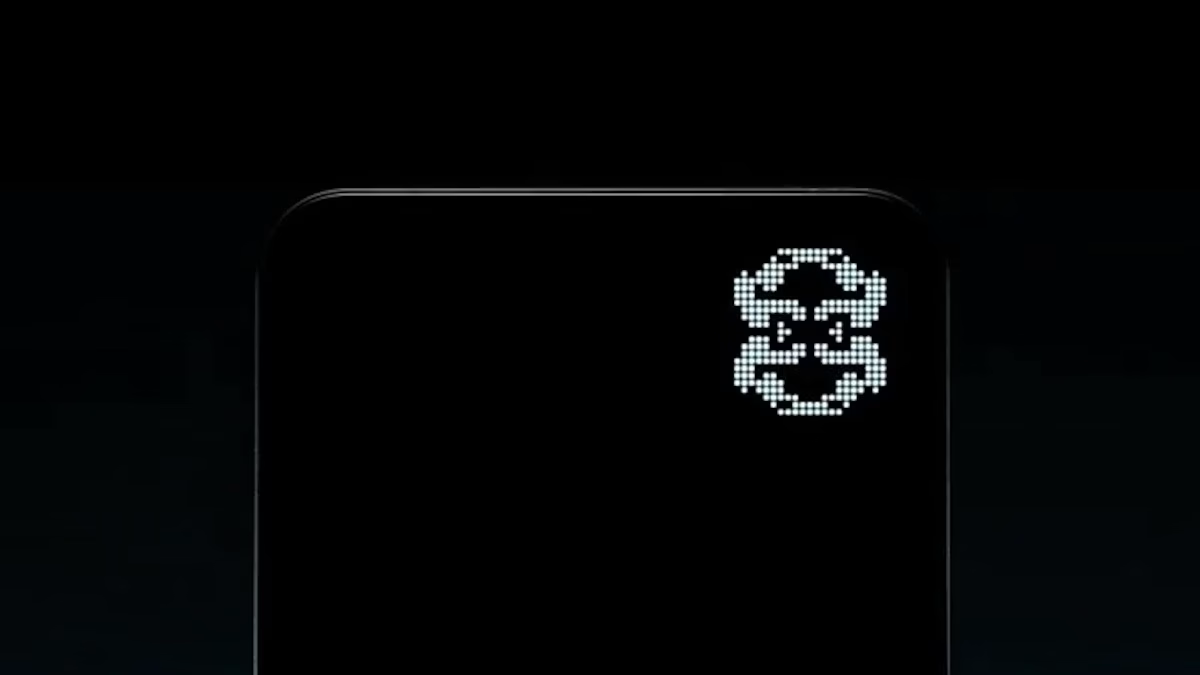Nothing Phone 3 Ditches Glyph Interface for the Ambitious Glyph Matrix
It's a bold move, isn't it? To take your most recognizable design element and evolve it so significantly. But then, that's Nothing for you – never one to stand still.
The Glyph Interface: A Look Back at a Signature Feature
When the Nothing Phone (1) first dropped, it felt like a breath of fresh air in a sea of increasingly similar glass slabs. The Glyph Interface was central to that feeling. It wasn't just about aesthetics; it was about rethinking how we interact with our phones. Imagine, knowing who's calling or the status of your timer without even looking at the screen. That's what the Glyph offered.
Enter the Glyph Matrix: What We Know
The whispers and teasers have been flying around, and Nothing has now officially confirmed it: the Phone 3 will feature the Glyph Matrix. The name itself suggests a more granular, perhaps even pixel-like, control over the lighting elements. Think of it less as distinct strips and more as a canvas of light.
What does "Matrix" truly imply? My initial thought is a denser arrangement of LEDs, allowing for more complex patterns, animations, and potentially, more detailed information display. Could it be a low-resolution display on the back? Perhaps. It's an exciting prospect because it opens up so many possibilities for interaction and personalization that the original Glyph, for all its charm, simply couldn't achieve. It's like upgrading from a simple light switch to a fully programmable LED array. A real upgrade.
Why the Change? Nothing's Evolving Vision
Why would Nothing pivot from something so iconic? My guess is it's a combination of innovation and ambition. The original Glyph, while groundbreaking, likely had its limitations in terms of complexity and functionality. To truly push the boundaries of what a transparent phone with a light-up back can do, a more advanced system was probably necessary.
This move underscores Nothing's commitment to design innovation. They're not content with just iterating on what worked before. They want to set new trends, to define what a unique smartphone experience looks like. It's a risky strategy, but it's also what makes Nothing, well, Nothing. They're not afraid to experiment, even if it means leaving behind a beloved feature for something potentially greater. It's a sign of a company that's maturing and looking to expand its design language.
Market Implications and the Competitive Landscape
The Nothing Phone 3 isn't just bringing a new light show to the party; it's also entering a highly competitive arena. Reports suggest it's being positioned to rival devices like the Xiaomi Poco F7, which tells us a lot about Nothing's market aspirations. They're clearly aiming for the mid-range to high-end segment, a space where value and features are paramount.
Can the Glyph Matrix be a true differentiator in this crowded market? It's a big question. While the aesthetic appeal is undeniable, the practical benefits will need to be compelling enough to sway consumers who might otherwise opt for a device with a more traditional, perhaps even more powerful, spec sheet for the price. The Snapdragon chipset confirmation is a good sign, indicating they're not skimping on performance. But in India, where the phone is set to launch on July 1st, competition is fierce, and every detail matters.
What This Means for Consumers
For us, the consumers, the shift to Glyph Matrix means a potentially more dynamic and interactive experience. Imagine more intricate notification patterns, perhaps even custom animations for different apps or contacts. It could be a game-changer for how we passively receive information from our devices.
Of course, the proof will be in the pudding. Will the Glyph Matrix be genuinely useful, or will it be another flashy feature that gets turned off after a week? Nothing has a good track record of integrating their design elements with practical software, so I'm cautiously optimistic. It’s a chance for them to really lean into the unique identity they've cultivated. And let's be honest, who doesn't love a good light show? Especially one that serves a purpose.
The anticipation for July 1st is certainly building. It's not just about a new phone; it's about seeing Nothing's next big step in smartphone design. And I, for one, am very much looking forward to it.
